Comprehensive Traceability Principles
Be inclusive and collaborative with stakeholders
Collaborate early and often with those who will use the eCDT program, those affected by it, and advocates of both groups to improve program uptake and create multi-stakeholder oversight.
Full description
Be gender-inclusive in identifying stakeholders and include groups such as trade unions, worker organizations, and fishers’ rights advocates to support workers. Consult stakeholders early, repeatedly, and with consideration of their needs. Meaningfully engage with stakeholders to identify goals, responsibilities, and oversight in the eCDT program design. Provide technical and capacity support to implementers.
APPLY THE PRINCIPLE
There are three main phases to building an electronic catch documentation and traceability (eCDT) program:
INITIATE – includes early research, goal setting, and stakeholder engagement;
DESIGN – includes identifying technology, assigning responsibilities, and creating the systems to support the program;
IMPLEMENT – includes piloting the program, adaptively managing, and scaling it.
Here you can see how this principle manifests throughout each phase.
- In consultation with stakeholders, clearly define goals, scale, and objectives (ecological, social, and economic) of the comprehensive eCDT program
- Communicate incentives/benefits to foster stakeholder participation
- Identify and clarify the value proposition of eCDT to a variety of stakeholders (business, compliance, science, workers, etc.)
- Be inclusive in identifying stakeholders
- Properly identify the stakeholders from governments, affected fisheries (including small-scale), technology/service providers, supply chain companies, and worker/labor groups, whether aiming to develop an eCDT program on an international, national, or regional level
- Consult stakeholders early, repeatedly, and with sensitivity to their needs
- Identify the preferred form of communication and makeup of stakeholder groups–ensuring equitable inclusion across marginalized and disenfranchised groups– which will depend on scope, objectives, and fishery characteristics. Consider power dynamics and relationships among stakeholders in the consultation process (e.g., workers and businesses, men and women, government and private sector)
- Minimize exemptions from eCDT program data collection, but state clearly where they do exist
- Are small-scale fishers or certain vessel types (e.g., small vessels) to be exempted from the program? State this early
- Clarify roles, responsibilities, and needs by stakeholder
- Identify expertise and capacity of stakeholders and leverage existing expertise. Define roles and capacity of both private sector and government bodies, especially within the various government agencies implementing the principles including labor, employment, and food safety (e.g., Who will cover the costs? Who will collect or verify the data?)
- As needed, formulate agreements between agencies for sharing information and responsibilities
- Explicitly identify the responsibilities and authorities of each agency as it pertains to the goals of the comprehensive eCDT program, and determine how to best integrate processes of various involved agencies to make the program efficient
- Ensure stakeholders from relevant supply chains formally agree to support the eCDT program
- Obtain both commitment and action (implementation, monitoring, control, and enforcement) all the way along supply chains to derive counter-IUU fishing and worker protection benefits
- Provide user assistance, technical support, and capacity building as needed
- Provide training to stakeholders across the supply chain. Use culturally effective methods and ensure instructions are available in useful formats
